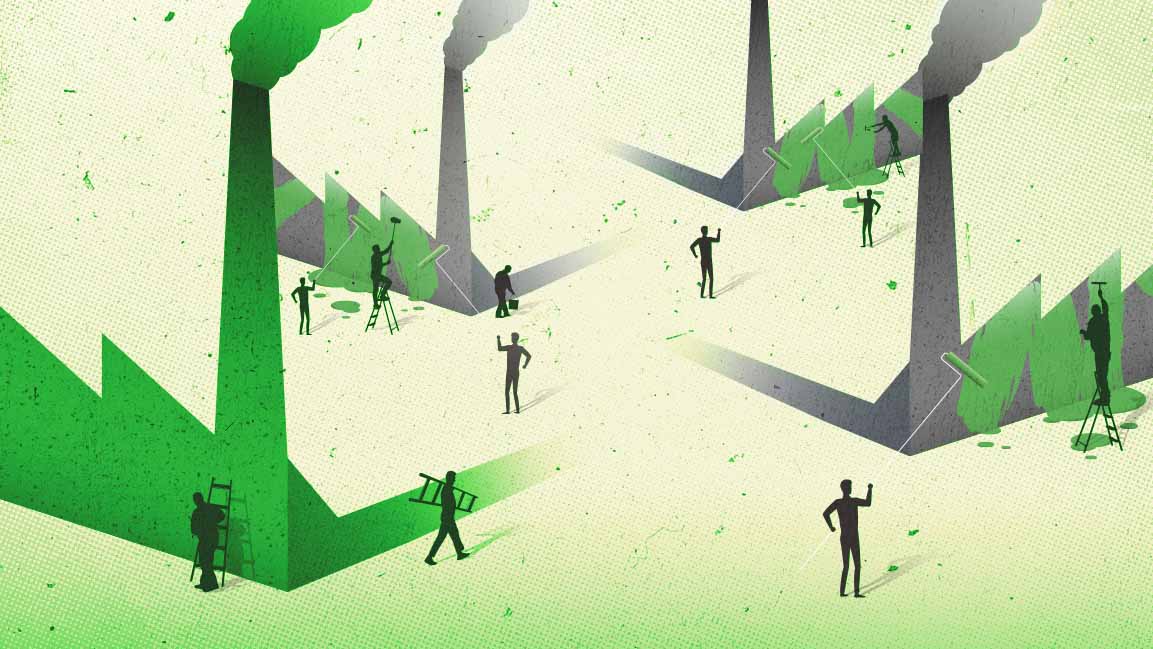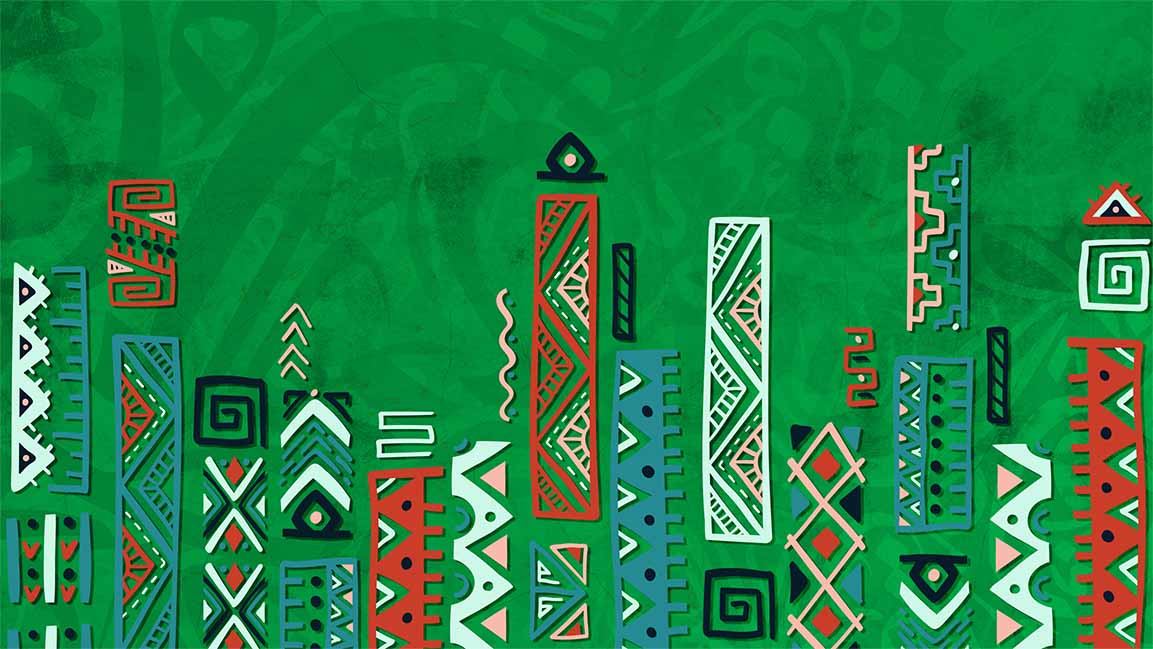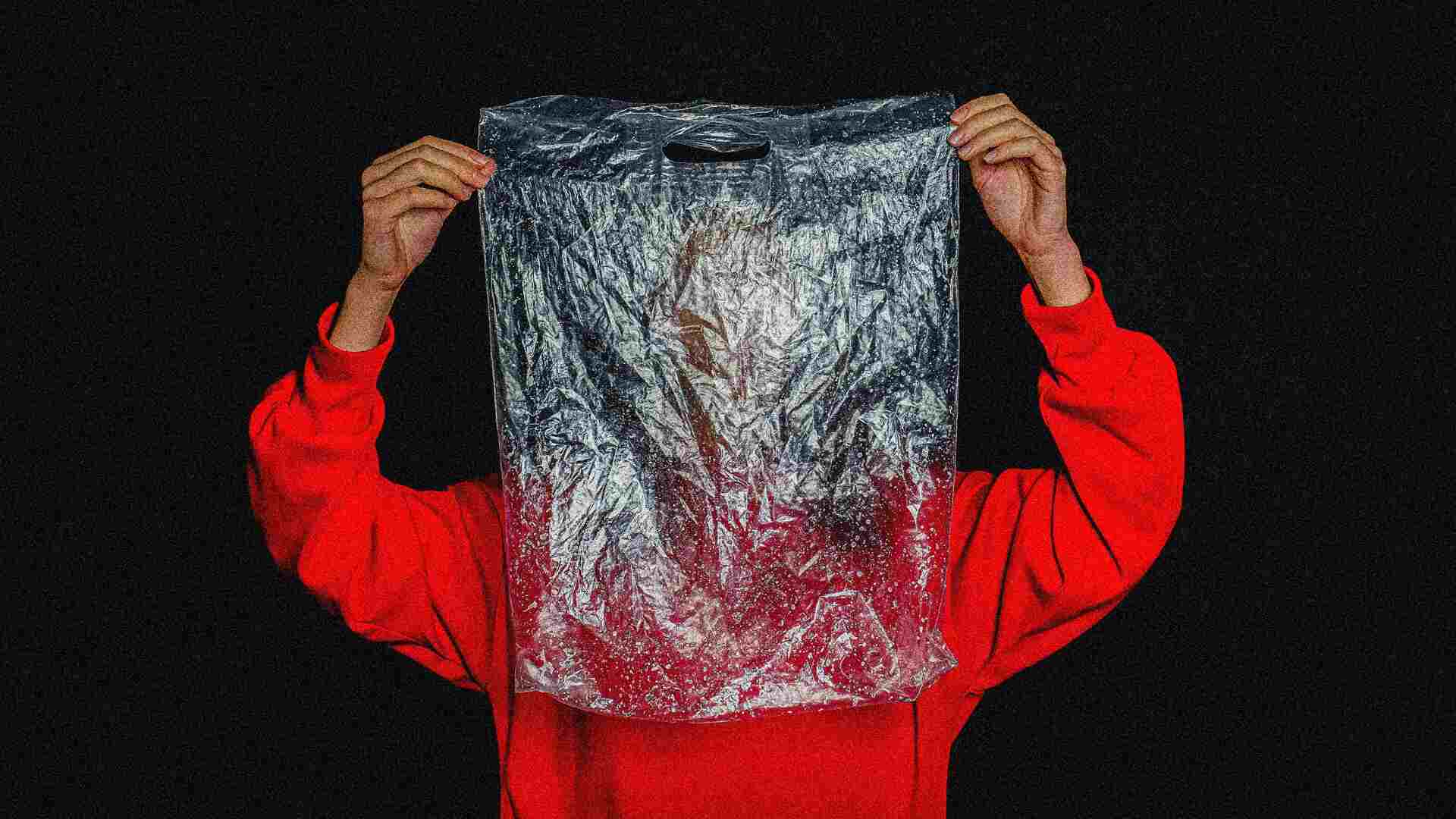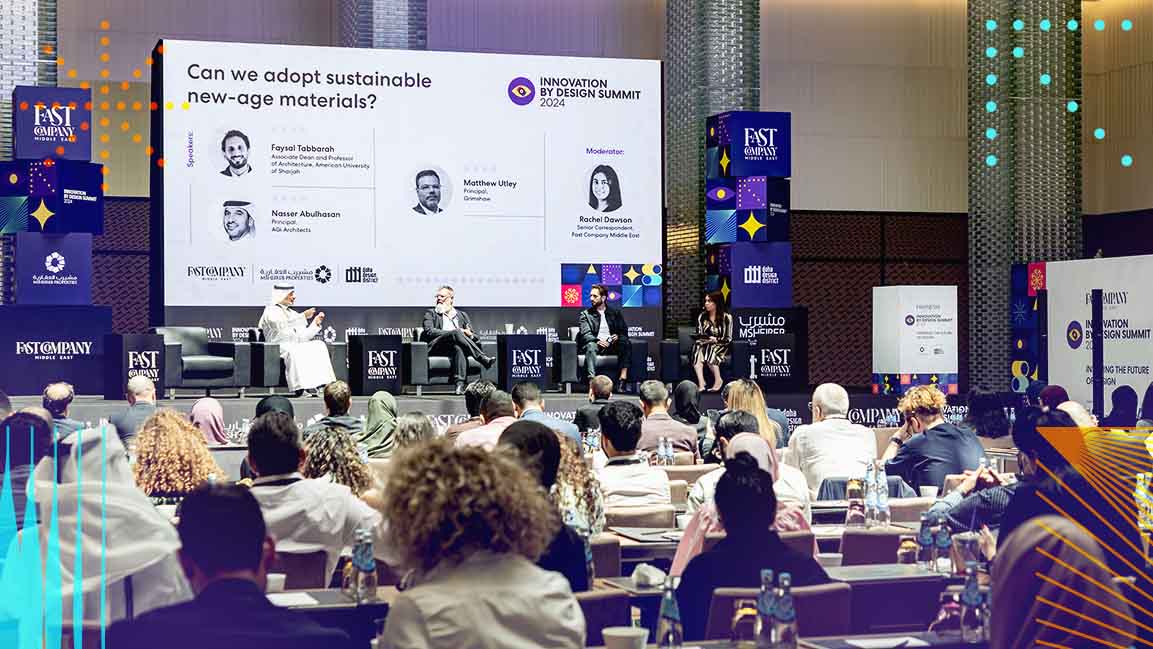- | 9:00 am
Saudi Arabia is getting a green makeover. But what’s its impact on the ecosystem?
Greening a barren landscape is not a simple process; the experts talk about the initiatives taken in the kingdom and the technologies being used.
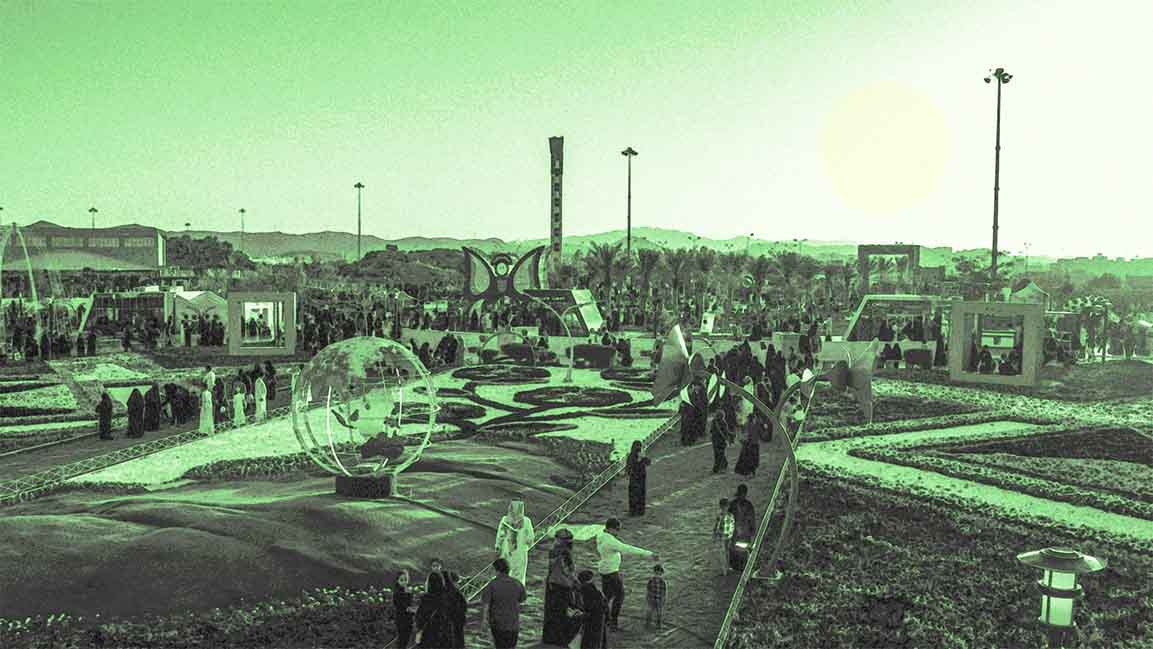
When one thinks of Saudi Arabia, grass, plants, and carbon-capturing algae in the middle of the sand might not be the first that spring to mind. But the vast expanse of deserts is turning green.
It’s one example of something that climate science says is necessary: Tackling climate change involves not only moving away from fossil fuels and eliminating CO2 emissions. Carbon removal through technology and natural solutions like planting trees is essential and will have to massively grow for the world to limit global warming to 1.5 or 2 degrees Celsius.
Although most of Saudi Arabia’s terrain is desert, the kingdom is “greening” its landscape by introducing various new technologies, changing its farming practices, and increasing the amount of vegetation under the Saudi Green Initiative (SGI).
“Saudi Green Initiative aims to rehabilitate 40 million hectares of land and restore the natural greenery, with the target of planting 10 billion trees,” says Saule Mussurova, an academic researcher in Plant Science at King Abdullah University of Science and Technology (KAUST).
“The project addresses this target by unifying factors such as water availability, climate, topography, soil moisture, and plant habitats,” adds Mussurova.
A comprehensive list of vegetation and tried-and-true planting methods is compiled to ensure optimum and sustainable ecological succession. The approach is to create a landscape strategy considering global, regional, local, rural, and urban contexts.
REVERSE DESERTIFICATION
In a region with low annual precipitation and falling groundwater levels, Mussurova says, the SGI aims to stop and reverse desertification and soil degradation while preserving the kingdom’s biodiversity and protecting the region’s decreasing water reserves.
This unified method assesses observational data, experimental data, numerical models of land-based and atmospheric systems, and various technological options for repairing degraded ecosystems.
“Desertification and sand encroachment can be stopped, more flora can be grown, drought impact can be mitigated, and residents, especially the most vulnerable, can be supported by this method,” adds Mussurova, who has reviewed the SGI project.
Interestingly, in January, the desert lands of the western region, including Makkah and Madina, turned green after weeks of torrential rain and flash flooding. There were photos of camels grazing on fresh grass and once-dry bushes.
However, is the recent greenery temporary? Dr. Sagar Parajuli, a research scientist with a Ph.D. in Geosciences at KAUST, says it’s not new. “It has happened due to increased rainfall. However, Saudi Arabia is greening, albeit for different reasons.”
INCREASING GREENERY
The change in vegetation can be monitored using an index called the Normalized Difference Vegetation Index (NDVI) derived from satellite data. “Visual analysis of this data shows an increase in greenery over different parts of the country in the last few decades,” he adds.
However, greening up a barren landscape is not a simple process. Dr. Maria Fernanda Nava Ocampo, a scientific consultant for the SGI, highlights the methods involved: “It is challenging to increase the green cover in the kingdom. Nevertheless, we have been looking into different approaches and utilizing new technologies for water harvesting and evaporation reduction, learning from the past and utilizing it to increase the green cover sustainably.”
According to Dr. Parajuli, the greening of the kingdom has mostly been driven by improved irrigation systems, increased groundwater recharge by dam construction, and the establishment of new cities, such as NEOM, which prioritize tree planting in their designs.
Emphasizing the importance of an improved irrigation network by introducing a center pivot irrigation system “that can circularly irrigate a large area,” Dr. Parajuli says different technologies are helping to bring change in the kingdom.
Hundreds of artificially constructed dams help to retain water and recharge groundwater, resulting in better irrigation of agricultural fields. “Analysis of GRACE satellite data clearly shows groundwater has depleted since about 2006 over Saudi Arabia. Hundreds of dams have been constructed aiming to recharge the groundwater, which should have partially compensated the depleting groundwater, but the repletion rate has not been enough to reverse this declining trend of groundwater,” he adds.
Cloud seeding has also played a vital role: “This is a well-tested technology but requires some experimental efforts in generating expected rainfall in a desired location. This technology can promote vegetation growth in the deserts,” says Dr. Parajuli.
Saudi Arabia also aims to green the country using the innovative technology, Liquid Nanoclay (LNC), invented by a Norwegian scientist, presented at the Expo 2020 in Dubai. It is a process that turns desert sand into fertile soil.
“There is no single option in the greening, but a holistic approach,” points out Ocampo. “We are experimenting with different approaches to enhance the soil, create higher water retention, and utilize native species. At the moment, we are in the first stage of the initiative. The final utilized products and technologies will be decided in the following steps”.
However, does blanketing dry land with green florae negatively impact the ecosystem?
Dr. Parajuli says it might cause limited rainfall owing to a decrease in desert land temperature, which can affect marine ecosystems as deserts supply essential nutrients, such as iron and phosphorus, to the Red Sea ecosystem during dust storms. “But it might not be a serious concern,” he adds.
Conversely, Ocampo remains optimistic about SGI. “We are considering all the environmental factors, impacts, and scientific inputs. The last thing we would like to do is negatively impact the ecosystem. All the strategies are being carefully studied with the possible risk factors.”
Experts say SGI is a challenging initiative, but getting more involved with nature is essential. “SGI can enhance the link between society and the environment,” adds Ocampo.












